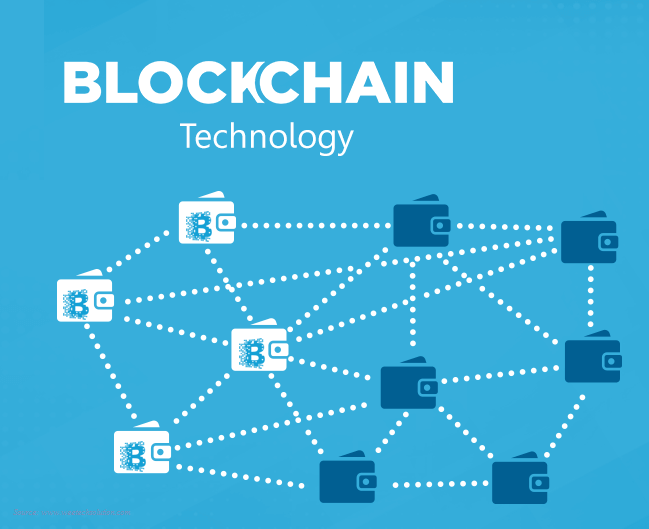Instead of having a blockchain that relies on the exchange of cryptocurrencies with anonymous users on a public network (as is the case with bitcoin), a blockchain for business is a private, permissioned network with known identities and without the need for cryptocurrencies.

To further understand how a blockchain for business works, and to appreciate its potential for revolutionizing business networks, you need to understand the four key concepts of blockchain for business
These four concepts are explained in this section.
Shared ledger
they’ve been used in double-entry bookkeeping since the 13th century. What is new is the concept of a shared, distributed ledger — an immutable record of all transactions on the network, a record that all network participants can access. With a shared ledger, transactions are recorded only once, eliminating the duplication of effort that’s typical of traditional business networks
Permissions
Blockchains can be permissioned or permissionless. With a permissioned blockchain, each participant has a unique identity, which enables the use of policies to constrain network participation and access to transaction details. With the ability to constrain network participation, organizations can more easily comply with data protection regulations, such as those stipulated in the Health Insurance Portability and Accountability Act (HIPAA). Permissioned blockchains are also more effective at controlling the consistency of the data that gets appended to the blockchain.
With the ability to restrict access to transaction details, more transaction detail can be stored in the blockchain, and participants can specify the transaction information they’re willing to allow others to view. In addition, some participants may be authorized to view only certain transactions, while others, such as auditors, may be given access to a broader range of transactions. (With a public blockchain, the level of transaction detail may be limited to protect confidentiality and anonymity.)
Consensus
In a business network where participants are known and trusted, transactions can be verified and committed to the ledger through various means of consensus (agreement), including the following:
» Proof of stake: To validate transactions, validators must hold a certain percentage of the network’s total value. Proof-of-stake might provide increased protection from a malicious attack on the network by reducing incentives for attack and making it very expensive to execute attacks.
» Multi-signature: A majority of validators (for example, three out of five) must agree that a transaction is valid.
» Practical Byzantine Fault Tolerance (PBFT): An algorithm designed to settle disputes among computing nodes (network participants) when one node in a set of nodes generates different output from the others in the set.
Blockchain for business features pluggable consensus — a way to implement whichever consensus mechanism is deemed best for any given industry segment.
Smart contracts
A smart contract is an agreement or set of rules that govern a business transaction; it’s stored on the blockchain and is executed automatically as part of a transaction.
Smart contracts may have many contractual clauses that could be made partially or fully self-executing, self-enforcing or both. Their purpose is to provide security superior to traditional contract law while reducing the costs and delays associated with traditional contracts.
For example, a smart contract may define contractual conditions under which corporate bond transfer occurs or it may encapsulate the terms and conditions of travel insurance, which may be executed automatically when, for example, a flight is delayed by more than six hours.
Comments
Post a Comment